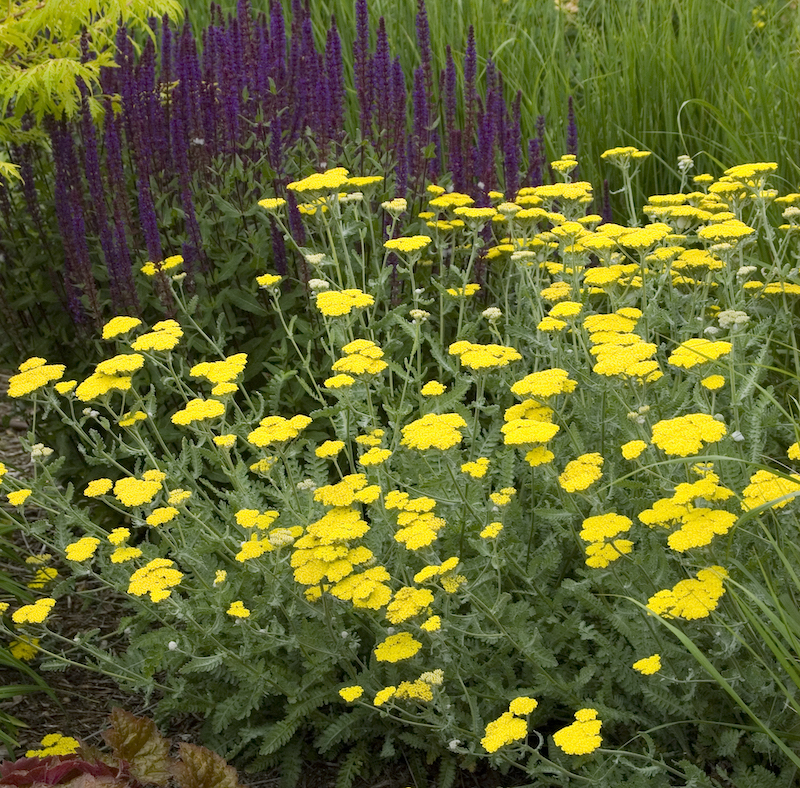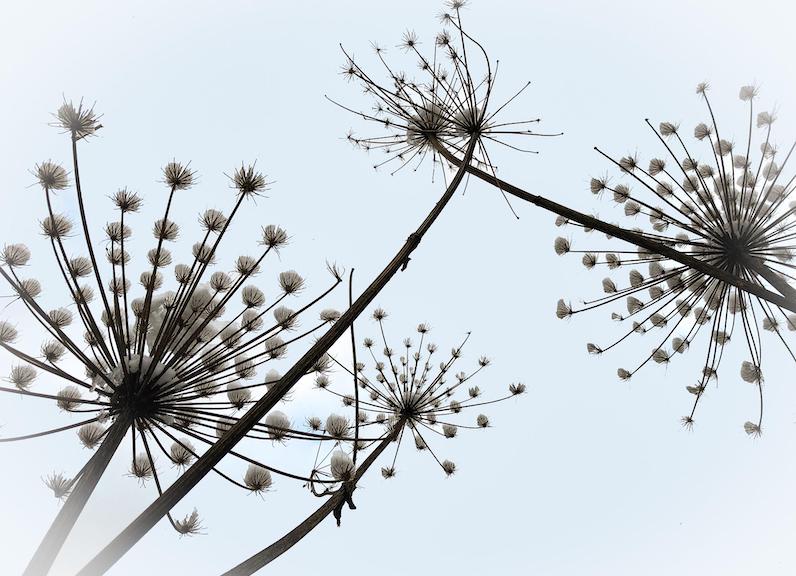Pruning of perennials will help the plants to stay compact and blooming as long as possible. Yarrow will provide a very long show of color if it is deadheaded on a regular basis. Seasonal cutting back of the whole plant will control the amount of seeds produced and self-seeding. Trimming of damaged foliage or stems will help to control any mildew or fungal disease and also encourage fresh new growth.

When to Prune Yarrow
Yarrow is an herbaceous perennial that dies back to the ground for winter dormancy in most hardiness zones. Pruning, or cutting back, of the whole plant to a set of basal leaves in the fall will keep it tidy and prevent spreading any disease that may be on the leaves. The seed heads and stems may be left alone until spring for clean up if there are no disease issues. Birds like the seeds and the spent foliage will decompose and feed the soil. In the spring any plant material that hasn’t decomposed can be removed to make way for fresh growth.

Pruning can be done early in spring and will encourage Yarrow to have multiple flowerheads and a bushy, compact shape. Some people refer to this early season pruning as the Chelsea Chop. The term comes from the world-famous Chelsea Flower Show in Britain. The show is at the end of May, which is also the right time to cut back perennials to make them bushier or give early bloomers a chance to set another round of buds.
For yarrow, the cutting back is not as dramatic as the cleanup at the end of the growing season. It's more of a pinching back of the top third to one half of the stems. Deadheading any spent blooms later in the summer will also encourage more flowers. The best deadheading will trim the flowering stem all the way back to a main branch. This also helps keep the plant compact and removes those unsightly naked flower stems.
Why Prune Yarrow
Yarrow is very low maintenance and most often does not require more than deadheading or a trim in the fall. Pruning may also be necessary if there is profuse foliage growth that impedes air circulation. Proper air circulation around all parts of the plant will go a long way to keep diseases like fungal leaf spot and powdery mildew from taking hold.
If foliage does begin to show signs of disease, the best defense is to remove any affected leaves and branches before the disease spores can spread. After periods of extreme stress, like high heat or long periods of dryness, do not be afraid to prune off any growth that has turned yellow or brown. Cutting out damaged stems will encourage new growth to replace it. Yarrow is a very tough plant once it is established and will rebound quickly.

How To Prune Yarrow
Step 1 - Prune any diseased branches back to a clean main stem
Step 2 - Prune any branches that are overgrown or are keeping air from circulating well
Step 3 - Cut back stems by ⅓ to ½ in the early summer to encourage bushiness and more flower stems
Step 4 - Deadhead spent flower heads all of the way back to a main stem
Step 5 - Prune all stems to a set of basal leaves for fall or spring clean up
Yarrow Pruning Tips
- Deadhead regularly for a longer blooming season
- Do not be afraid to prune out branches that are diseased or dead any time during the growing season
- Cutting Yarrow back in early summer by ⅓ will produce a bushier plant with more flowers
 |
Author Robbin Small - Published 7-07-2022 |
